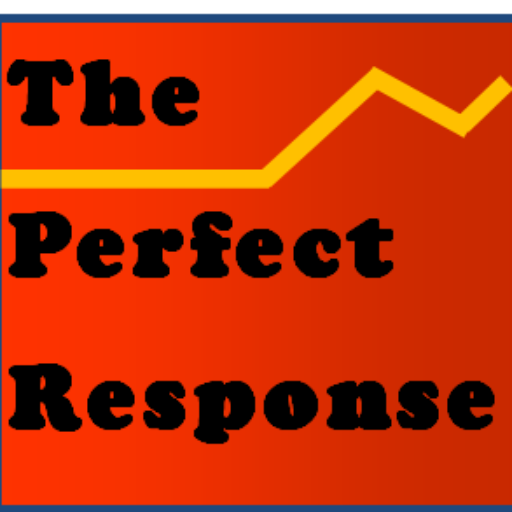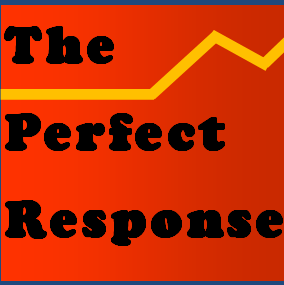There is a clear sense that things have seriously gone off the rails.
More of us are wearing our worries and concerns on our sleeves: ready to offer a sour retort or a note of pessimism to anyone defending thoughts we consider to be beyond the pale. We may not witness shouting matches, but we can’t help but see news accounts where others are all too ready to empty themselves of their rage, and sometimes other lethal means for settling a grievance. The rest of us are more controlled, sometimes falling into silence, where a sense of hopelessness that has muted our former expressiveness. Chatty kids remind us of who we were; grumpy Uncle Fred is a stand-in for what many of us have become.
To be sure, the world is a mess, and we are showing a collective fatigue. Promises of American greatness, fairness and opportunity still seem out of reach for too many, blunting our previous national optimism, even among those with the advantages of wealth and without the disadvantages of the ‘wrong’ skin color. It is now harder to dismiss evidence that the game of prosperity is rigged. Then, too, in the era of 24/7 news and information, our sense organs are regularly assaulted to absorb the images and sounds of the world’s woes. At least in a metaphorical way, our senses have become distended, moving well beyond a consciousness of self to an overload of images and challenges offered by our media.
In medicine, a “distended” organ of the body is one that is bloated or dangerously strained. And its an apt term to describe assaulting senses sagging under the weight of more troubling views of mayhem, war or racial injustice. All this accumulated angst is because our media emersion is nearly total. Our senses are obviously tuned to print, aural and visual media that reflect the hyperactive news that, like the remains of a traffic accident, we must slow down and see for ourselves. The constancy of this has burned us out.
Politics has become an American Blood Sport
As causes to this national discontent I hear others cite the present, with the COVID virus, intense news coverage of unprovoked mass shootings, Court decisions repealing a key component of health care for women, and unequal access to housing and good schools. And then there is the smoldering political fire of sedition and rigged elections, sadly fueled by low levels of factual information and a brand of politics that has become a blood sport. For the rest of us, angst comes in the smallest details, like an Annenberg study noting that only half of all Americans could name the three branches of government.
Even with our current malaise, we would be wrong to think that ours is a rare time when the stars are out of alignment. Turmoil is a given in American life. We could cite the transformative war years in the 40s, the Vietnam era, or the polio scares and misinformation in the first half of the last century. Or we can find other rough parallels to the present in the stormy past: McCarthy-type reactionism resurfacing in modern equivalents of right wing authoritarianism; the racial strife and assassinations of the 60s and 70s now transformed into myriad examples of lethal injustice; high crime rates and bankruptcy of New York City in the 70s duplicated today in other big cities; and the Cold War that has morphed into a proxy war with Russia that spills Ukrainian blood. Yet again, Moscow is playing its part, using assassination and the theft of sovereignty as its only choices in an empty diplomatic toolbox.
Still, the pressure to acknowledge that things have seriously gone off the rails seems more apparent. The destruction of Mariupol or Bucha is as clear as the nightmares that Hollywood regularly conjures for the big screen. We are now intimate witnesses to interesting times, made worse by our immersion in media that rarely let up.
![]()



